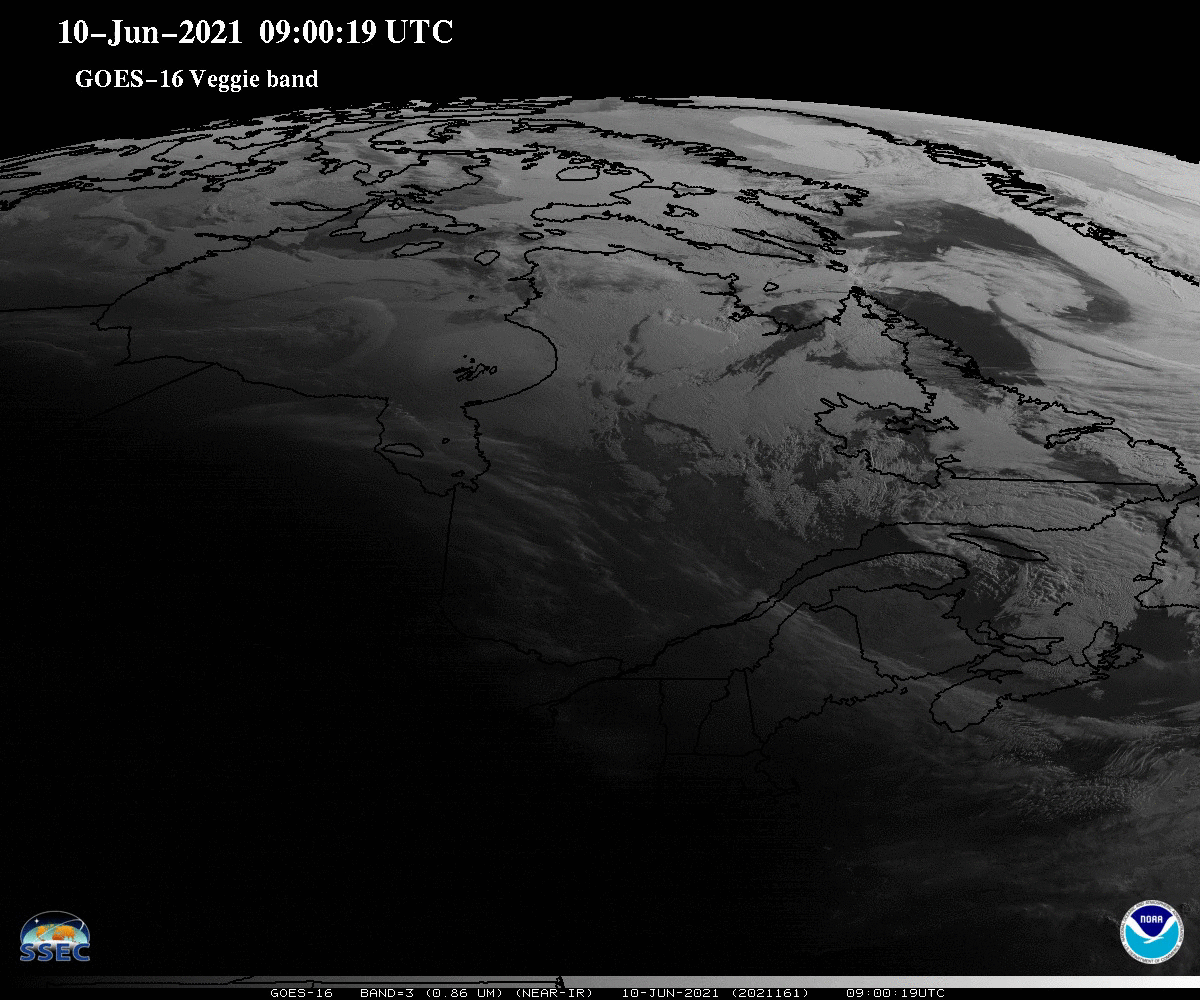
[ Archive ]

 |
CIMSS-NOAA Weekly Report [ Archive ] |
 |
CIMSS AND ASPB WEEKLY HIGHLIGHTS FOR THE WEEK ENDING JUNE 11, 2021
PRODUCTS AND APPLICATIONS:
AWARDS AND RECOGNITION:
PUBLICATIONS:
Paper Describing A New Flash Drought Intensity Index Published: A manuscript entitled “Development of a flash drought intensity index” by Jason Otkin and domestic and international collaborators was published in Atmosphere. Though existing flash drought definitions capture the rapid intensification of a flash drought, they do not consider the actual drought severity during or after the rapid intensification period when assessing the overall intensity of these events. This is a critical omission because land surface and hydrologic impacts will be closely related not only to how quickly drought conditions develop but also by how severe they become. In this study, we developed a flash drought intensity index (FDII) that explicitly accounts both for the rapid rate of intensification of a flash drought and the resultant drought severity. This is an important development for flash drought monitoring and research because it provides a more complete measure of flash drought severity than existing identification methods that focus only on the rate of intensification. (J. Otkin, CIMSS, 608-265-2476)
WORKSHOPS, CONFERENCES, AND MEETINGS:
WMO Global Cryosphere Watch Effort to Better Define Sea Ice ECV: The World Meteorological Organization (WMO) Global Cryosphere Watch (GCW) program convened the first meeting of group of sea ice experts who will help the Global Climate Observing System (GCOS) more clearly define the sea ice essential climate variable (ECV). The meeting was June 10, 2021. GCOS regularly assesses the status of global climate observations of the atmosphere, land, and ocean and provides guidance for improving the climate observing system. The sea ice group will make recommendations on the primary parameters that define the state of sea ice and how we can improve our observational capabilities. Jeff Key is participating in this activity. (J. Key, E/RA2, 608-263-2605, jeff.key@noaa.gov)
TRAINING AND EDUCATION:
MEDIA AND OUTREACH:
SSEC and CIMSS Scientists in the News: Scientists at the University of Wisconsin-Madison (UW) Space Science and Engineering Center (SSEC) and the Cooperative Institute for Meteorological Satellite Studies (CIMSS) provide expert interviews, imagery and case studies to promote science. This week: 1) CIMSS Satellite Blog contributors Tim Schmit, Scott Bachmeier, Tim Wagner and Scott Lindstrom published case studies on the "“Ring” Solar eclipse shadow moving across northern North America" (June 10), "Severe thunderstorms across North Dakota, South Dakota and Montana" (June 8), "Unstable Air Comes to Madison" (June 8), "Offshore islands as barriers to fog" (June 7), "Enhanced aerosols along a cold front in the Upper Midwest" (June 6), and "Lake Superior lake breeze" (June 5). Read more: https://cimss.ssec.wisc.edu/satellite-blog/. (J. Phillips, SSEC, 608-262-8164, T. Schmit, E/RA2, S. Bachmeier, CIMSS, T. Wagner, CIMSS, S. Lindstrom, CIMSS)
 (Click image to enlarge)
(Click image to enlarge)
Figure: An annular, or ring of fire, solar eclipse occurred on June 10, 2021 in the northern-most parts of the globe. Satellite instruments, like the GOES-16 Advanced Baseline Imager, captured the moon's shadow cast on the Earth as it passed between Earth and Sun. Read the CIMSS Satellite Blog post: https://cimss.ssec.wisc.edu/satellite-blog/archives/41046. Credit: CIMSS, NOAA.
OTHER:
| Archived Weeklies Page | Submit a report item |